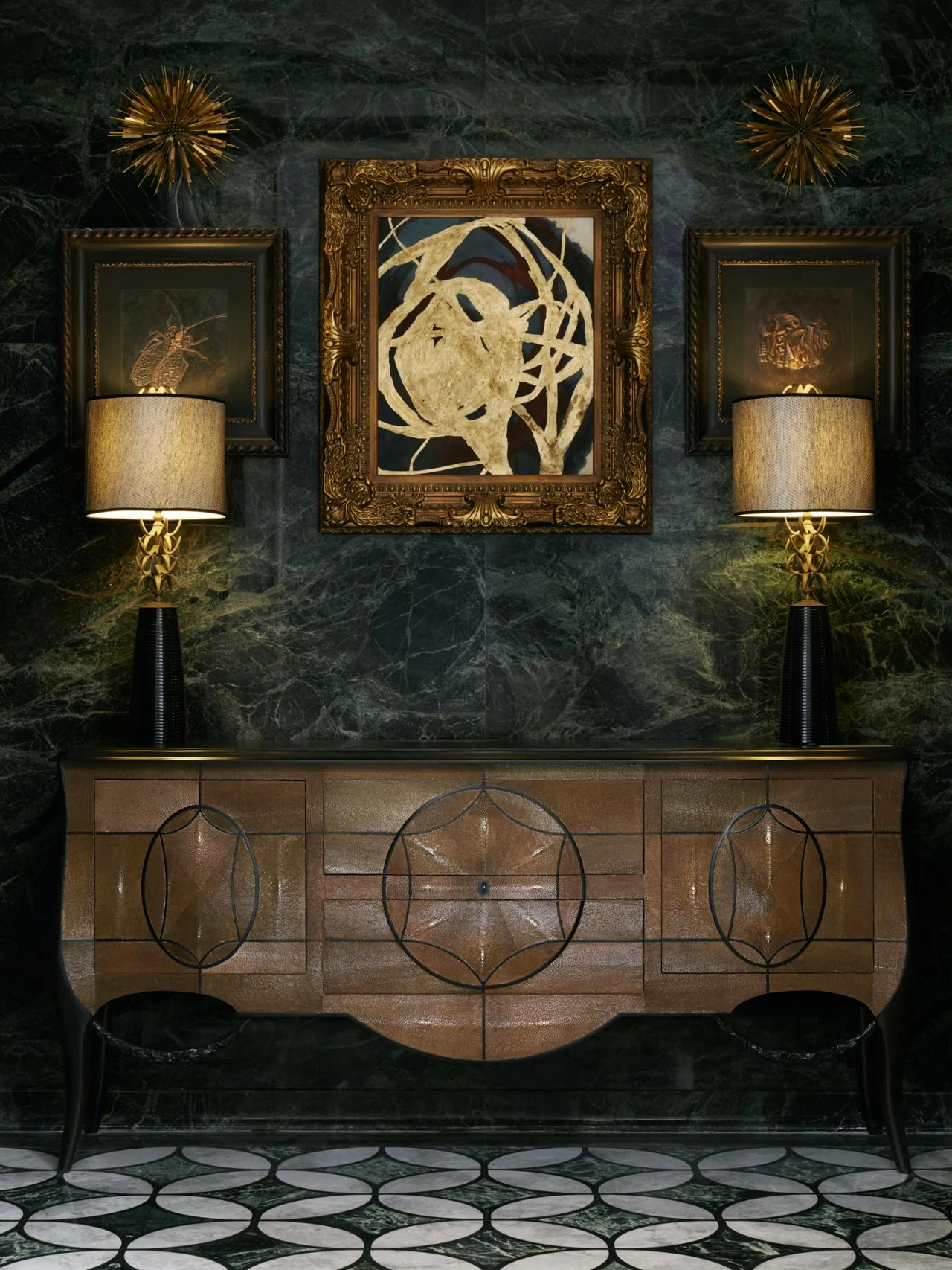The Crow’s Nest BCV Architects
2014-07-08 01:00
© Bruce Damonte
布鲁斯·达蒙特


架构师提供的文本描述。乌鸦巢是位于海拔7,080英尺的滑雪小屋,位于糖碗滑雪场的同名山上。船舱设计锚定在斜坡上,响应它的环境,探索古典现代美学、工艺和场地极端气候条件的交集。
Text description provided by the architects. The Crow’s Nest is a ski cabin located at 7,080 feet elevation, on the mountain of the same name in the Sugar Bowl Ski Resort. Anchored on the slope, and responsive to its setting, the cabin design explores the intersection of classic modern aesthetics, craft, and the extreme climatic conditions of the site.
© Bruce Damonte
布鲁斯·达蒙特


糖碗位于历史性的唐纳峰会在内华达山脉范围。创建于1939年的滑雪场是美国最古老的滑雪场之一。“糖碗”周围的气候和地形造成了异常大的降雪,其相对较小的居住村庄(112个家址)在整个冬天都是被雪覆盖的。乌鸦巢坐落在度假胜地的最高位置之一,是一个真正的滑雪场,滑雪场的高度比许多滑雪场的电梯要高得多。
Sugar Bowl is located at historic Donner Summit in the Sierra Nevada range. The Ski Resort, founded in 1939, is one of the oldest in America. The climate and topography around Sugar Bowl makes for unusually heavy snowfall, and its relatively small residential village (112 home sites) is snow-bound through the winter. The Crow’s Nest is perched on one of the highest sites in the resort and is a true ski-in, ski-out cabin, being at a substantially higher elevation than many of the ski lifts.
© Bruce Damonte
布鲁斯·达蒙特


这些客户有四个年幼的孩子,他们向BCV提出了一个目标,那就是建造一座可以世世代代聚集在一起的小木屋。社会空间优先于卧室空间。讨论了“筑巢”和娱乐的特点。一项特别的要求是使房子有方向,以利用上坡森林创造的隐私,以便以最大的透明度庆祝房子在树木茂密的斜坡上的出现。
The clients, who have four young children, charged BCV with the goal of creating a cabin that would be a gathering place for generations. Social space was prioritized over bedroom space. The qualities of “nesting” and entertaining were discussed. A particular requirement was to orient the house to take advantage of the privacy created by the uphill forest, in order to celebrate the house’s presence on the wooded slope with a maximum of transparency.


底层由通过厚重板形成的混凝土隔板形成的拱形开口的轴向内凹来定义,以建立舱室的结构网格。滑雪入口处、桑拿浴室、滑雪室、洗衣房和电影放映区都被设计成几乎或完全埋在雪中,通往入口的小径-这是糖碗的传统。混凝土底层让人想起欧洲滑雪小屋的旧地面水平,而悬臂甲板支撑则强调住宅在陆地上的栖息。
The ground floor is defined by an axial nave of arched openings through the heavy board formed concrete diaphragms that establish the structural grid of the cabin. The ski-in/ski-out entry, sauna, ski room, laundry and movie screening area are all spaces designed to be nearly or completely buried in snow, with paths dug to the access points – a tradition at Sugar Bowl. The concrete ground floor is reminiscent of the old ground levels of European ski chalets, while the cantilevered deck supports emphasize the residence’s perch on the land.
© Bruce Damonte
布鲁斯·达蒙特


通过房子向上移动是完成了在北侧的三层钢楼梯,框架在一个巨大的窗口,山景向北。这扇窗户与另一个相对较小的、“穿孔”的门窗形成了鲜明对比,使得整个房子都有一种透明的感觉。楼梯既是房子的社会十字路口,也是建筑师们一直努力追求的手艺和兴奋感的触觉表达。
Upward movement through the house is accomplished with a three-story steel staircase on the North side, framed in a giant window with mountain views to the North. The window contrasts with the other relatively small, ‘punched’ openings on this façade, and allows for a sense of transparency all the way through the house. The stair is seen as both the social crossroads of the house and a tactile expression of the craft and exhilaration the architects strove for throughout.
© Bruce Damonte
布鲁斯·达蒙特


主层是围绕着一个双高的起居室组织的,由下面的混凝土基座形成的烟囱所固定。这个房间把森林的大小和规模通过这两种景观带到周围的常青树和室内的圆木柱上,支撑着一个巨大的悬臂屋顶。在这个中心空间之外,低天花板的餐厅和图书馆提供了作为一个群体的社交活动或小规模聚会的机会。悬臂甲板,由突出的屋顶结构,是这层楼的延伸,延伸到斜坡的三面。
The main level is organized around a double height living room, anchored by the chimney mass that grows out of the concrete plinth below. This room brings the size and scale of the forest inside through both views to the surrounding evergreens and interior log columns that hold up a great cantilevered roof. Off this central space, the low-ceilinged dining room and library provide opportunities to socialize as a group or to break off into smaller gatherings. The cantilevered deck, sheltered by the projecting roof structure, is an extension of this floor and stretches out over the slope on three sides.
© Bruce Damonte
布鲁斯·达蒙特


屋顶是由一个辐射系列玻璃梁设计,以承受超过400磅每平方英尺活负荷的巨大雪负荷。屋顶形式容纳了它收到的雪,从而创造了另一个巢穴。采取这一做法是为了增加绝缘,并且能够进入房屋的三面,同时对雪和冰对这些侧面的影响也是最低限度的关注。屋顶延伸到西南面的甲板上,使房子在夏季变得黯然失色,并允许在冬季获得被动的太阳能。
The roof is composed of a radiating series of glulam beams designed to take the massive snow load of over 400 lbs per square foot live load. The roof form holds the snow it receives thus creating another nest. This approach was taken both for additional insulation and to be able to access three sides of the house with a minimum of concern for snow and ice impacting those sides. The extension of the roof over the Southwest-facing deck shades the house in the summer and allows for passive solar gain in the winter.
Floor Plan 3
平面图3


房子的上层是最私密的,包括四间卧室、两间主要卧室套房和两间双层房。这些房间被布置在音乐阁楼周围,俯瞰客厅和楼梯井,提供了一种与主要层次的社会活动相联系的感觉。
The upper level of the house is the most private, containing four bedrooms two principal bedroom suites and two bunk rooms. These rooms are arranged around the music loft which overlooks the living room and stairwell, providing a sense of connection to the social activity of the main level.
© Bruce Damonte
布鲁斯·达蒙特


乌鸦巢的设计是为了表达它所建造的材料,强调自然的装饰,相信巢的美植根于材料结合在一起形成一个完整的整体。作为一个巢穴,房子是周围景观的产物,但在它里面却清晰而有凝聚力地被识别为一种谨慎的形式。
The Crow’s Nest is designed to express the materials of which it is constructed with an emphasis on natural finishes in the belief that the beauty of nests is rooted in the way materials come together to form an integrated whole. As a nest, the house is a product of the landscape that surrounds it, yet distinctly and cohesively recognizable as a discreet form within it.




















































Architects BCV Architects
Location Norden, United States
Category Houses
Architects in Charge Hans Baldauf, AIA Principal / Jennifer Smith, Associate
Team Asa Prentice, Senior Designer
Area 5600.0 ft2
Project Year 2013
Photographs Bruce Damonte
























